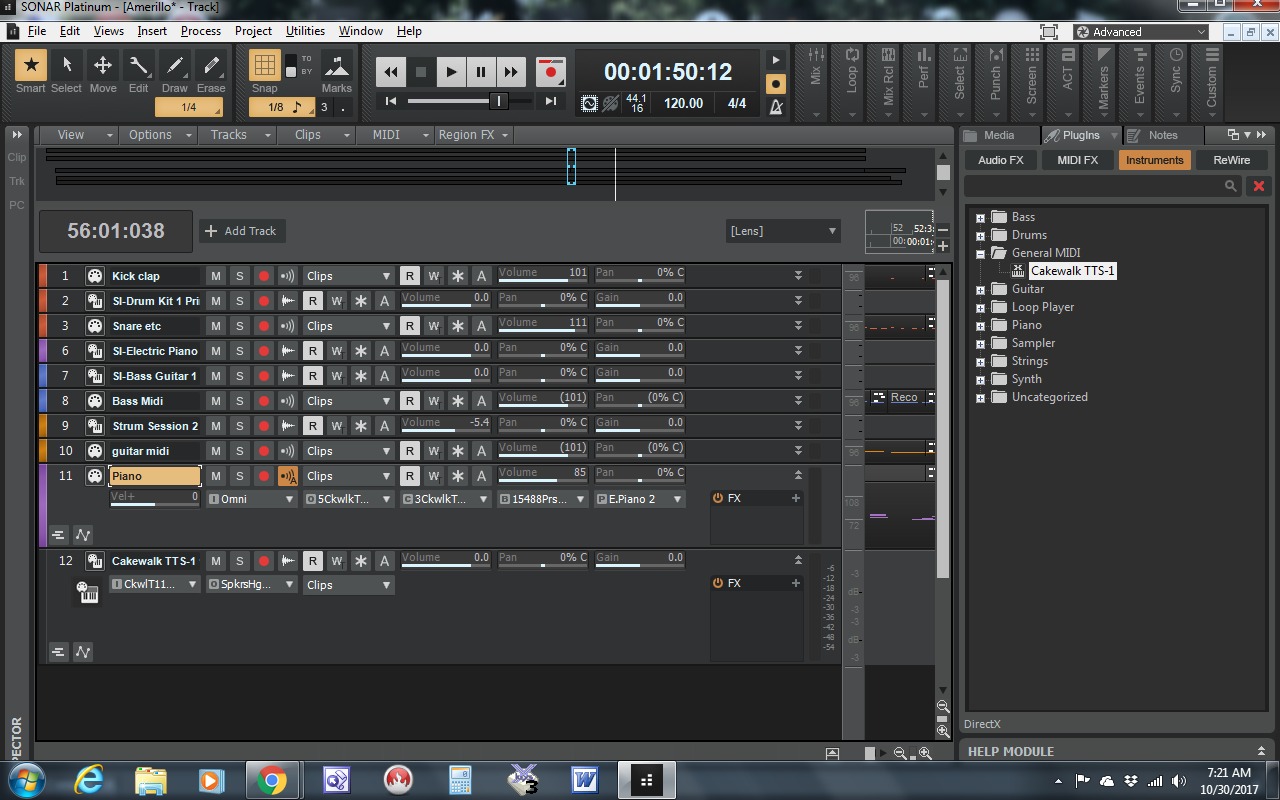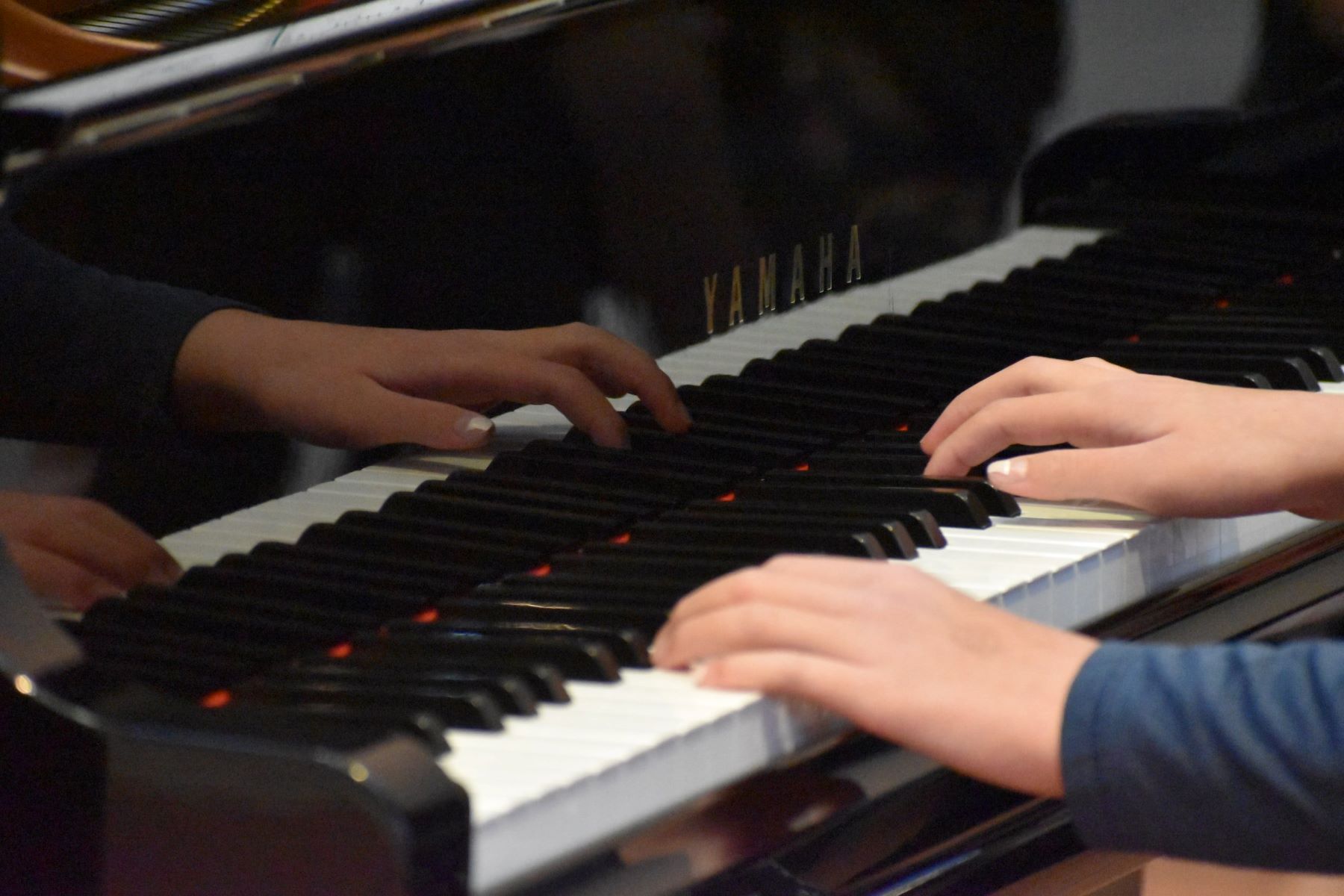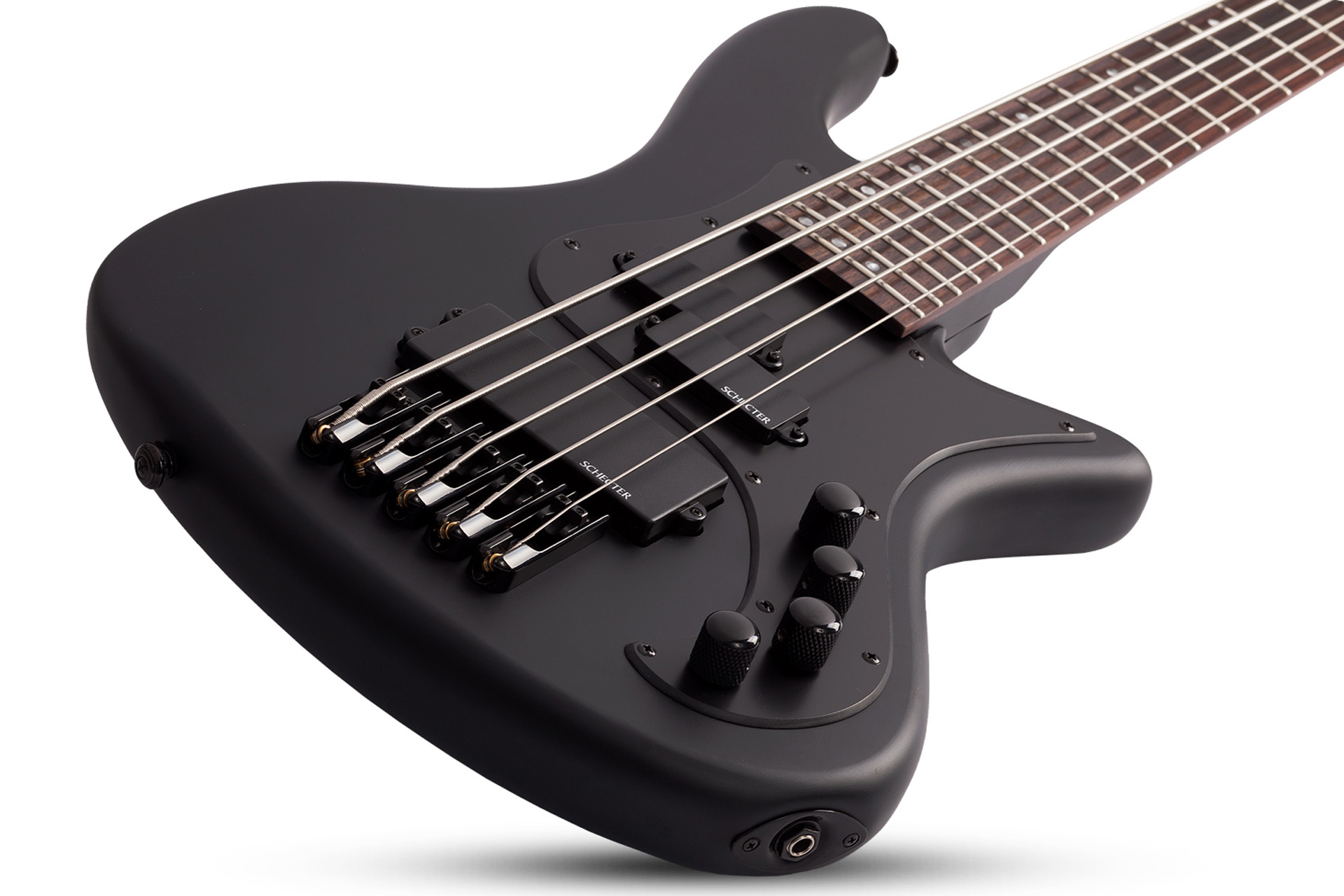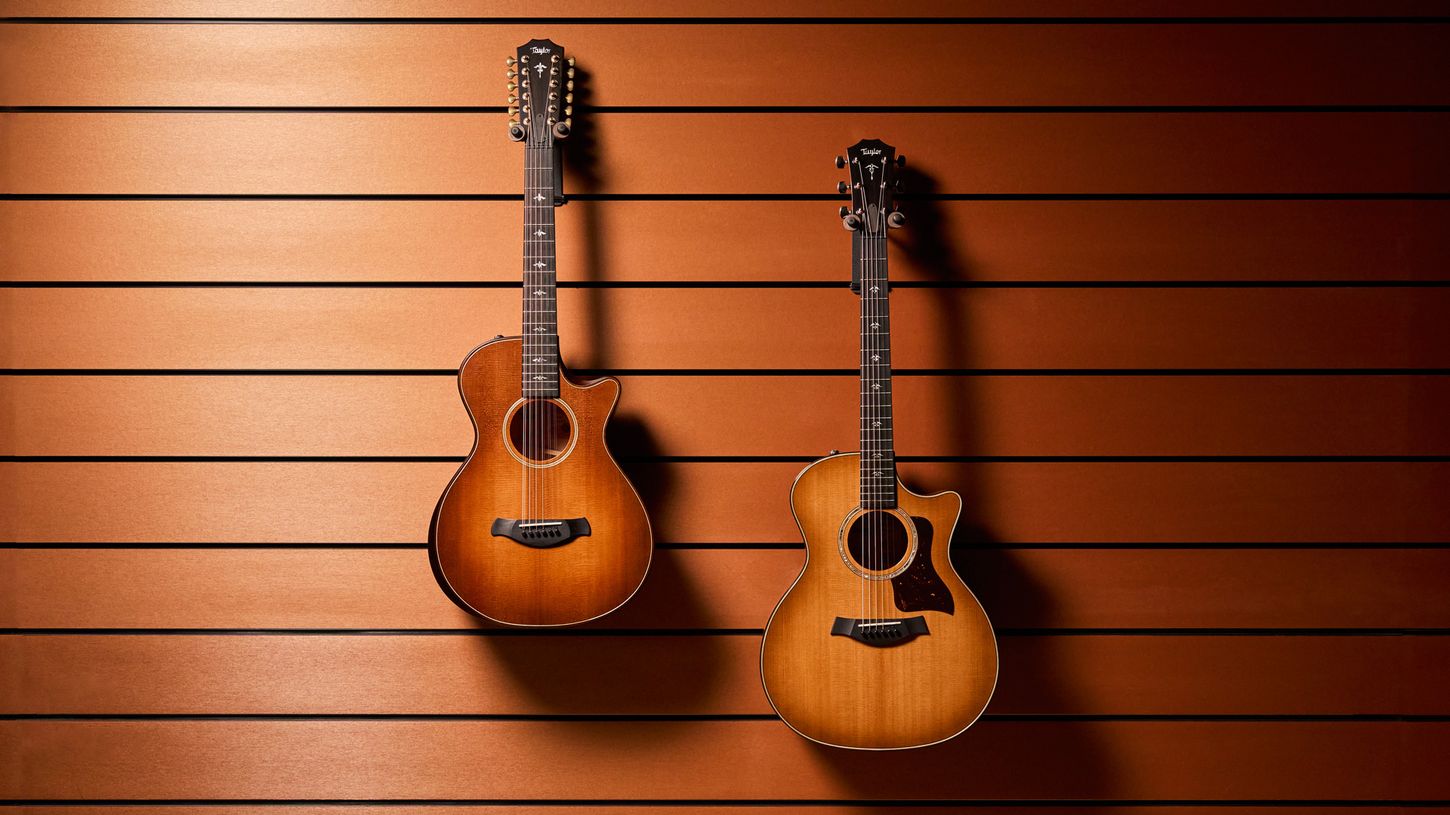Home>Production & Technology>MIDI>How Many Channels Exist In MIDI?
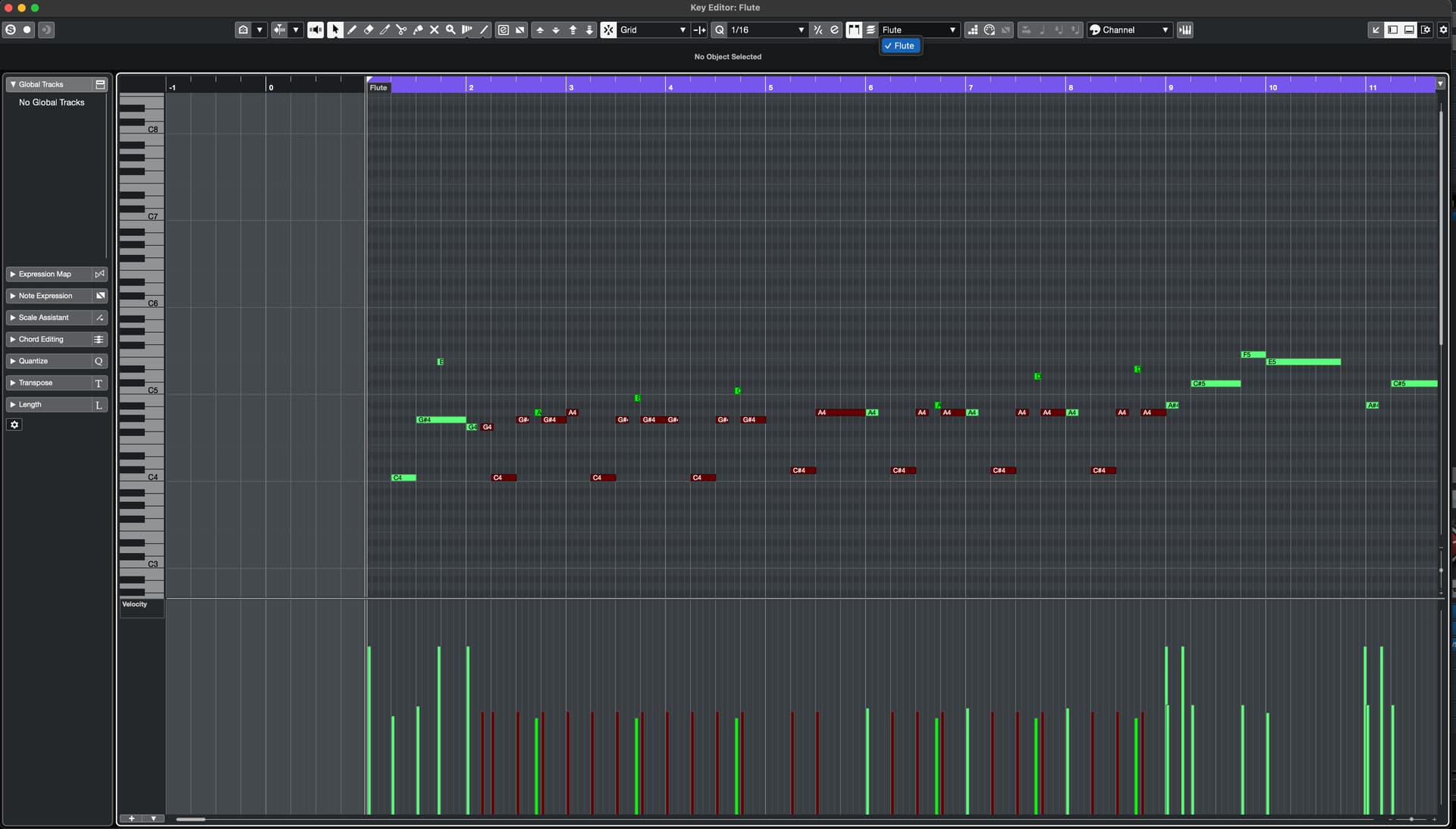

MIDI
How Many Channels Exist In MIDI?
Modified: February 22, 2024
Discover the diverse world of MIDI channels and how they can enhance your music production. Learn about the unlimited creative possibilities MIDI offers. Explore now!
(Many of the links in this article redirect to a specific reviewed product. Your purchase of these products through affiliate links helps to generate commission for AudioLover.com, at no extra cost. Learn more)
Table of Contents
Introduction
MIDI, which stands for Musical Instrument Digital Interface, has revolutionized the way music is created, recorded, and performed. It serves as the digital language that allows electronic musical instruments, computers, and other devices to communicate with each other. One of the fundamental aspects of MIDI is its use of channels, which play a crucial role in transmitting musical data.
Understanding the concept of MIDI channels is essential for anyone working with electronic music production, whether as a musician, producer, or sound engineer. The concept of MIDI channels is akin to the various lanes on a highway, each facilitating the smooth flow of traffic. Similarly, MIDI channels serve as distinct pathways through which musical information travels between different devices.
As we delve into the world of MIDI channels, we will explore their significance, the number of channels available, and the practical implications of utilizing multiple channels. This journey will provide a comprehensive understanding of how MIDI channels contribute to the seamless integration of electronic musical instruments and devices, ultimately shaping the landscape of modern music production.
Basic Overview of MIDI Channels
In the realm of MIDI, channels serve as the pathways through which musical data flows between different devices. Each MIDI channel is akin to a dedicated communication line, allowing specific instructions and information to be transmitted to the intended destination. Imagine a musical performance where each musician has a unique set of instructions, and MIDI channels act as the means to deliver these instructions accurately.
MIDI channels are often likened to virtual cables that connect various musical instruments, synthesizers, and computers within a digital ecosystem. These channels enable the seamless exchange of musical information, including note data, control messages, and other performance-related instructions. Each MIDI channel can carry a distinct stream of data, ensuring that the musical elements remain independent and coherent within a larger composition.
It's important to note that MIDI channels operate within the framework of MIDI ports, which serve as the entry and exit points for MIDI data. A MIDI port can support up to 16 channels, effectively functioning as a hub for transmitting and receiving musical information. This 16-channel limit is a defining characteristic of MIDI architecture and has played a significant role in shaping the standards for electronic musical communication.
Furthermore, MIDI channels are instrumental in facilitating multitimbral capabilities within electronic instruments. This means that a single MIDI device, such as a synthesizer or sampler, can respond to different MIDI channels independently, allowing for the simultaneous playback of diverse sounds and musical elements. As a result, MIDI channels empower musicians and producers to orchestrate complex arrangements and layer multiple sounds with precision and flexibility.
In essence, MIDI channels serve as the conduits through which musical expression is channeled and articulated within the digital domain. Their role in organizing, transmitting, and interpreting musical data is fundamental to the seamless integration of electronic musical instruments and devices. As we explore the intricacies of MIDI channels, it becomes evident that they form the backbone of modern music production, enabling a rich tapestry of sonic possibilities and creative exploration.
Number of MIDI Channels
The MIDI standard, with its remarkable versatility and enduring relevance, operates within the framework of 16 MIDI channels. This foundational aspect of MIDI architecture has remained consistent since its inception, shaping the way musical information is transmitted and processed in the digital realm. The 16 MIDI channels serve as the bedrock for orchestrating intricate musical arrangements, providing a structured framework for organizing and conveying diverse musical elements.
Each MIDI channel is imbued with the capacity to carry a distinct stream of musical data, ranging from note information and performance instructions to control messages and system-exclusive data. This delineation ensures that different musical components remain independent and coherent, allowing for precise control and manipulation within a composition. It's akin to having 16 individual conduits through which musical expression can flow, each contributing to the overall sonic tapestry.
Furthermore, the 16-channel limit per MIDI port is a defining characteristic that has significantly influenced the development of electronic music technology and production standards. While the concept of 16 channels might seem finite, it has proven to be remarkably expansive in practice. This is due to the inherent multitimbral capabilities of MIDI devices, which enable a single instrument to respond to different MIDI channels independently.
In practical terms, this means that a synthesizer, sampler, or other MIDI-compatible device can interpret and respond to instructions from multiple MIDI channels, allowing for the simultaneous playback of diverse sounds and musical elements. This capability empowers musicians and producers to craft complex compositions, layering various musical components with precision and creativity.
Moreover, the 16-channel structure aligns with the traditional General MIDI (GM) standard, which defines specific instrument assignments for each MIDI channel. This standardization facilitates interoperability between different MIDI devices, ensuring that a specific instrument, such as a piano or a guitar, is consistently assigned to the same MIDI channel across various devices. As a result, musicians and producers can seamlessly exchange MIDI data while maintaining the intended instrument assignments and sonic characteristics.
In essence, the 16 MIDI channels form the cornerstone of MIDI communication, providing a robust framework for transmitting, organizing, and interpreting musical information. While the number might seem limited at first glance, the inherent flexibility and multitimbral capabilities imbue the 16-channel architecture with boundless creative potential, shaping the landscape of electronic music production and performance.
Practical Uses of Multiple MIDI Channels
The utilization of multiple MIDI channels unlocks a realm of creative possibilities and practical applications within electronic music production and performance. By harnessing the multitimbral capabilities inherent in MIDI devices, musicians and producers can orchestrate complex compositions, layer diverse sounds, and sculpt intricate sonic landscapes with precision and flexibility.
One of the primary practical uses of multiple MIDI channels lies in the realm of multitimbral sound design and composition. MIDI-compatible instruments, such as synthesizers, samplers, and digital workstations, often feature multitimbral capabilities, allowing them to respond to instructions from different MIDI channels independently. This enables musicians to assign specific musical elements, such as basslines, melodies, and percussion, to distinct MIDI channels, effectively creating a modular and layered approach to composition. By leveraging multiple MIDI channels, artists can craft rich, textured arrangements that seamlessly weave together disparate musical components, resulting in compositions that are dynamic and sonically diverse.
Furthermore, the use of multiple MIDI channels extends to live performances, where musicians harness the power of MIDI to control and manipulate various aspects of their sonic palette in real time. MIDI controllers, such as keyboards, pad controllers, and electronic wind instruments, can be programmed to transmit MIDI data across different channels, allowing performers to trigger and modulate a wide array of sounds and effects during a live set. This dynamic utilization of MIDI channels empowers artists to deliver immersive and captivating performances, seamlessly transitioning between different musical elements and textures with precision and flair.
In the realm of studio production, multiple MIDI channels play a pivotal role in shaping the sonic identity of a composition. Producers can employ MIDI channels to articulate nuanced musical nuances, such as expressive articulations, dynamic modulations, and intricate layering of instrumentations. By assigning specific MIDI channels to different musical elements, producers can exercise granular control over each component, refining the sonic landscape with meticulous attention to detail. This approach fosters a cohesive and polished sonic aesthetic, elevating the overall production to new heights of sonic richness and complexity.
Moreover, the use of multiple MIDI channels facilitates seamless integration between diverse MIDI-compatible devices, enabling a unified and interconnected ecosystem of musical instruments and production tools. Whether in a studio setup or a live performance environment, the ability to transmit and receive MIDI data across multiple channels fosters a harmonious interplay between different musical entities, fostering a collaborative and cohesive approach to music creation and performance.
In essence, the practical uses of multiple MIDI channels encompass a broad spectrum of creative and functional applications, empowering musicians and producers to sculpt immersive compositions, deliver captivating performances, and shape the sonic landscape with finesse and ingenuity. As the utilization of MIDI channels continues to evolve, it remains an indispensable cornerstone of modern electronic music production, driving innovation and creativity in the ever-expanding realm of musical expression.
Conclusion
In conclusion, MIDI channels stand as the fundamental conduits through which musical expression is channeled and articulated within the digital domain. The 16-channel architecture, a defining characteristic of MIDI, provides a structured framework for organizing and transmitting diverse musical elements, shaping the landscape of modern music production and performance. The inherent multitimbral capabilities of MIDI devices, coupled with the standardized 16-channel limit, empower musicians and producers to orchestrate complex compositions, layer diverse sounds, and sculpt intricate sonic landscapes with precision and flexibility.
The practical uses of multiple MIDI channels extend across various facets of music creation and performance, from multitimbral sound design and live performances to studio production and seamless device integration. By harnessing the power of multiple MIDI channels, artists can craft rich, textured arrangements, deliver immersive live performances, refine sonic landscapes with meticulous attention to detail, and foster a harmonious interplay between diverse musical entities. This dynamic utilization of MIDI channels underscores their indispensable role in shaping the sonic identity of compositions and driving innovation within the realm of electronic music production.
As technology continues to advance and new creative frontiers emerge, the significance of MIDI channels remains unwavering. Their capacity to facilitate seamless communication between electronic musical instruments and devices, coupled with their role in enabling nuanced musical expression, positions MIDI channels as a cornerstone of modern music production. The enduring legacy of MIDI channels lies in their ability to transcend technical constraints and unleash boundless creative potential, empowering musicians and producers to explore new sonic territories and redefine the possibilities of musical expression.
In essence, MIDI channels serve as the invisible threads that weave together the fabric of electronic music, enabling a symphony of digital communication and creative exploration. As we navigate the ever-evolving landscape of music production, MIDI channels stand as a testament to the enduring impact of technology on artistic expression, serving as a conduit for innovation, collaboration, and boundless sonic artistry.


